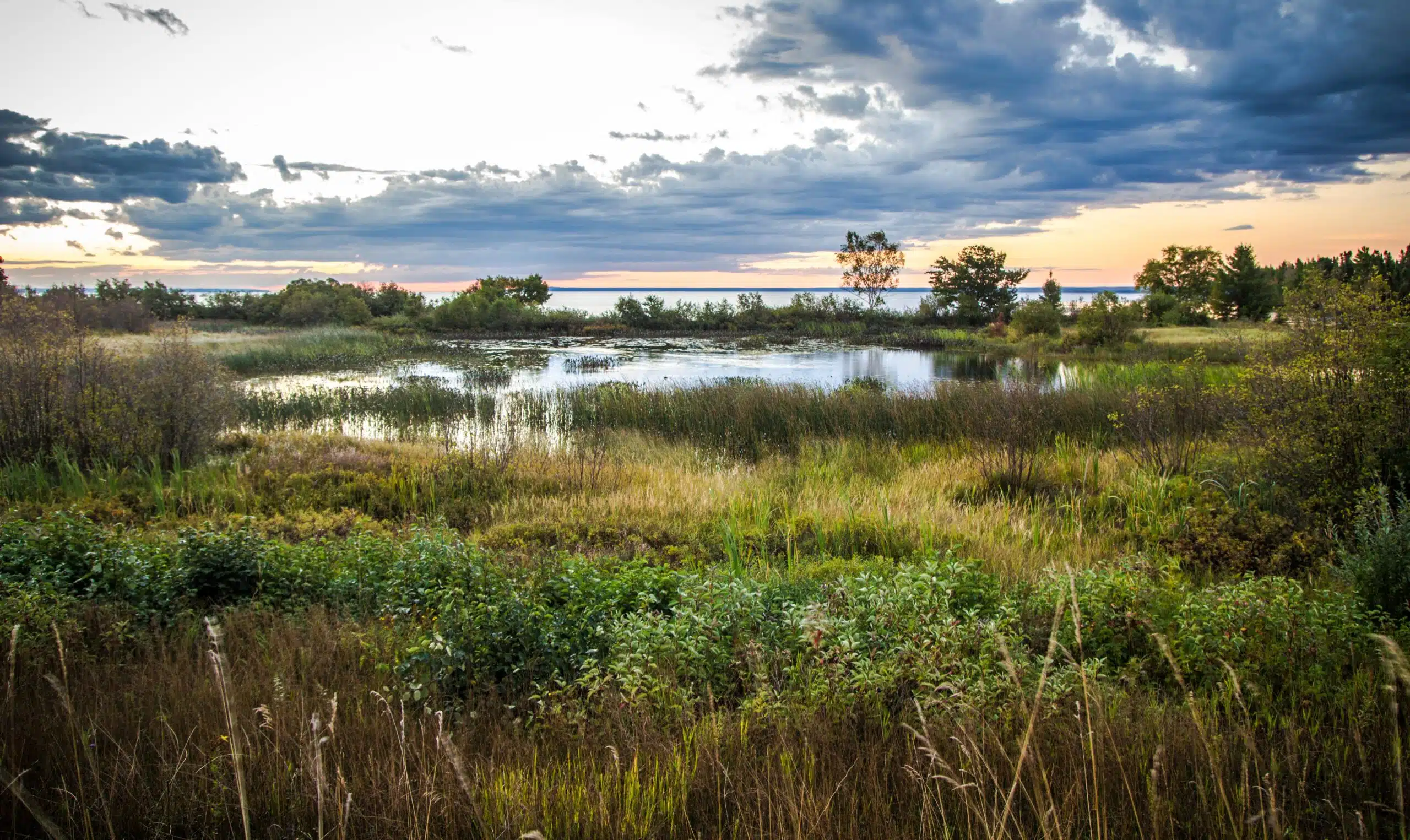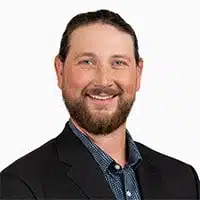- April 30, 2025
- Perspectives
What’s New for US Wetlands after the Continuous Surface Connection Clarification?


Endicott Parks, PWS
Environmental Scientist
In March 2025, the United States Army Corps of Engineers (USACE) and the Environmental Protection Agency (EPA) issued clarification on the meaning of “continuous surface connection” following the 2023 Sackett v EPA ruling. Read more for a roundup of guidance and clarification from the USACE and EPA memorandum.
Recap: The Sackett v. EPA Decision
In 2023, the Sackett v. EPA ruling further clarified the meaning of “waters of the United States” (WOTUS) and identified criteria for wetlands, specifically to determine whether the Clean Water Act could be applied to them by regulating bodies. The Supreme Court determined that wetlands must have a direct, continuous surface connection to a jurisdictional body of water identified as WOTUS. For more specifics on this ruling and its implications, take a look at our perspective on this topic in What’s Next for US Wetlands after Sackett v. EPA?
What does Continuous Surface Connection mean?
A point of confusion after the Sackett v. EPA ruling has been the definition and application of “continuous surface connection”—or the needed connection between wetlands and a jurisdictional WOTUS body that is needed for Clean Water Act regulation to apply. The USACE and EPA memorandum provides more specific direction, noting that continuous surface connection means that a wetland must be physically adjoined to a jurisdictional body of water. This joining of wetlands and WOTUS also must be sustained over time—and occasional, remote, or separated connections do not count.
This means that wetlands that are cut off from WOTUS bodies by uplands, berms, dikes, or other barriers are not covered under Clean Water Act jurisdiction. Additionally, the 2025 memorandum rescinded the Sackett v. EPA ruling’s identification of discrete features—including indirect connections like ditches or pipes—to constitute a jurisdictional wetland under continuous surface connection definitions.
Next Steps for Wetland Permitting and Clean Water Act Compliance
In light of this clarification, environmental field experts and developers should consider the following actions moving forward:
Participate in public engagement efforts and let USACE and EPA know about the impacts of the guidance by leaving a comment at the Federal Register.
Allow time during projects for appropriate agencies to review the continuous surface connection between wetlands and WOTUS bodies—particularly in cases where temporary conditions like drought may obstruct the typical connection.
Stay updated on additional court rulings and notices on WOTUS, wetlands, and associated jurisdictions, as there may be additional clarifications or more broad changes in the future.
Re-evaluate wetland permitting requirements and expect that USACE and EPA field partners will align with the continuous surface connection guidance now.
Know that no changes are needed right now to state or regional wetland regulations—this guidance only applies to federal regulations under the Clean Water Act.
As developers and agencies navigate the changing waters of federal regulations, Kimley-Horn is an experienced and knowledgeable partner to help support your environmental endeavors—from wetlands consulting to permitting, cultural resources management, and beyond.
About the Expert

Endicott Parks, PWS
With more than six years of nationwide experience, Endicott specializes in guiding projects through the complexities of environmental program management, due diligence, contamination assessment, permitting, and compliance. He partners closely with clients in the solar, energy, transportation, retail, and commercial sectors, helping turn regulatory challenges into project successes. A trusted project manager and technical advisor, Endicott is committed to delivering sustainable, results-driven solutions. When he’s not working with clients, Endicott can usually be found outdoors—hunting, fishing, or exploring the wild spaces that fuel his passion for environmental stewardship.
